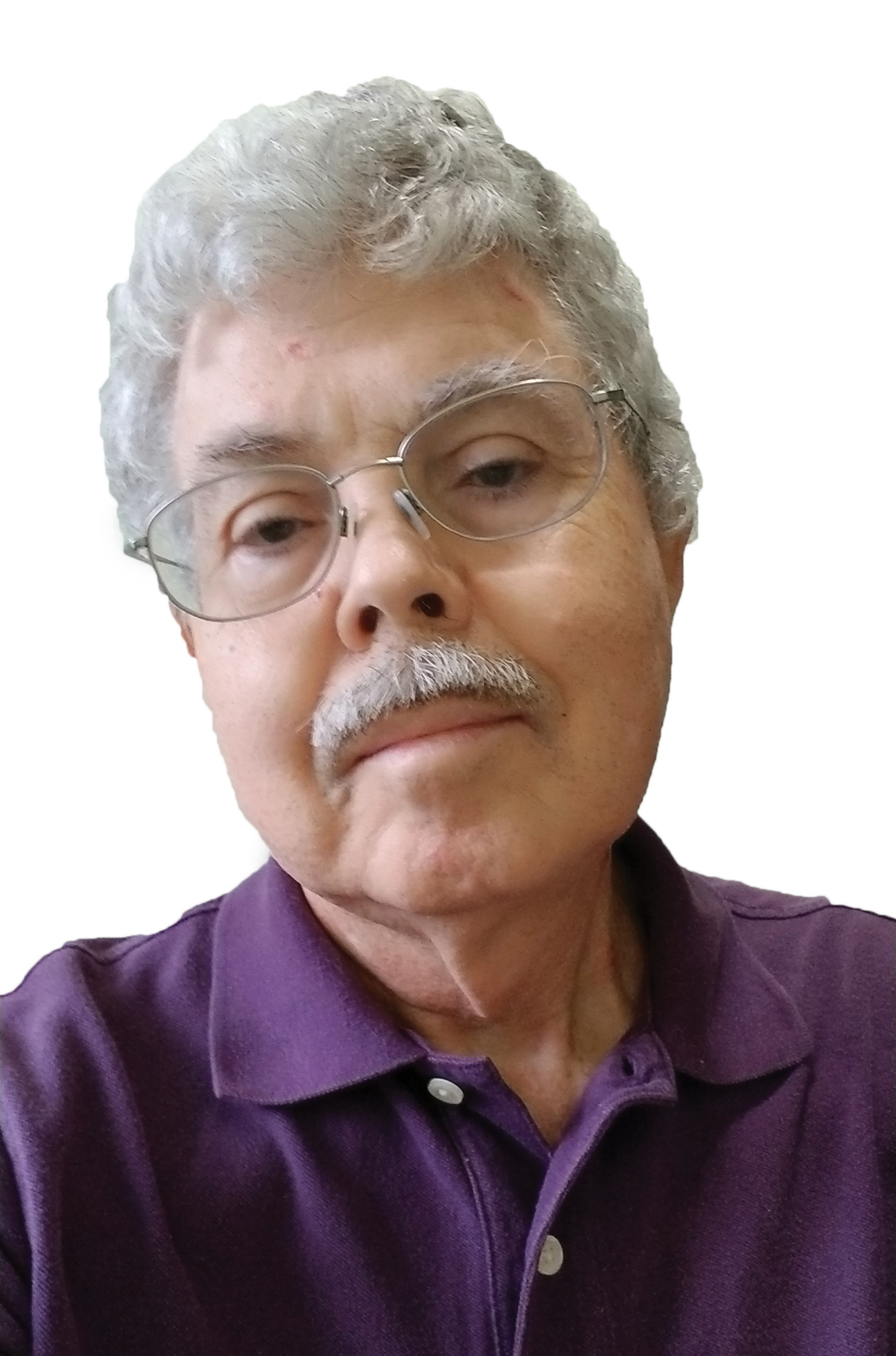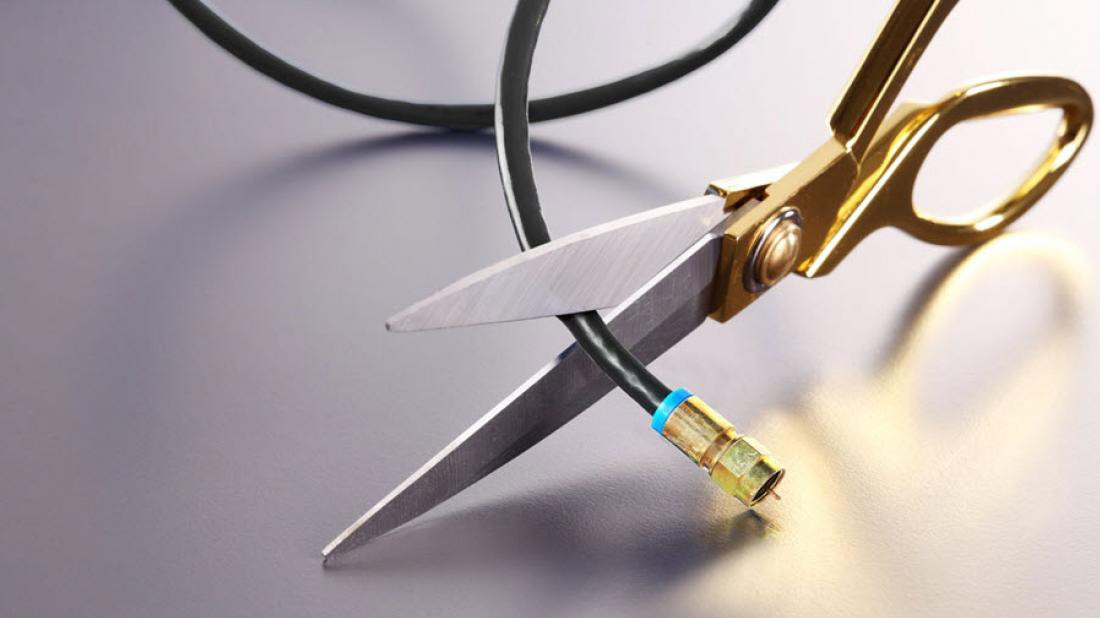RF Shorts: Other Items of Interest - Oct. 22, 2009

Tobu Tower Sky Tree
- • Tokyo now has an entry in the competition for tallest tower. The Examiner article Tokyo reworks tallest tower plan reported that Tobu Railway and Tobu Tower Sky Tree, the tower constructors, announced the project calls for extending the topmost antenna by 24 meters (79 feet) making the overall height 634 meters above ground. However, the article does acknowledge that there are taller towers. The Burj Dubai tower is 818 meters high. When the Tokyo Sky Tree tower is completed in the Narihirabashi/Oshiage area of the Sumida Ward in Tokyo it will have two observation decks and will broadcast digital TV signals for multiple TV stations.
- • Antenna design at any frequency can be difficult, but imagine trying to make even a simple dipole antenna work at frequencies of several hundreds of thousands of gigahertz! Smallest Nano-antennas for High-speed Data Networks describes microscopic antennas made from gold by scientists at Karhsruhe Institute of Technology (KIT) that work at optical frequencies (500,000 GHz is the frequency of yellow light). These nano-antennas have the potential to be used for optical high-speed data networks. Resonant antennas provide more efficient capture of light. Nano-antennas may also have applications in optical microscopy and photovoltaic power generation. The article has a picture of a nano dipole with colors reflecting the different transmission frequencies.
The professional video industry's #1 source for news, trends and product and tech information. Sign up below.

Doug Lung is one of America's foremost authorities on broadcast RF technology. As vice president of Broadcast Technology for NBCUniversal Local, H. Douglas Lung leads NBC and Telemundo-owned stations’ RF and transmission affairs, including microwave, radars, satellite uplinks, and FCC technical filings. Beginning his career in 1976 at KSCI in Los Angeles, Lung has nearly 50 years of experience in broadcast television engineering. Beginning in 1985, he led the engineering department for what was to become the Telemundo network and station group, assisting in the design, construction and installation of the company’s broadcast and cable facilities. Other projects include work on the launch of Hawaii’s first UHF TV station, the rollout and testing of the ATSC mobile-handheld standard, and software development related to the incentive auction TV spectrum repack. A longtime columnist for TV Technology, Doug is also a regular contributor to IEEE Broadcast Technology. He is the recipient of the 2023 NAB Television Engineering Award. He also received a Tech Leadership Award from TV Tech publisher Future plc in 2021 and is a member of the IEEE Broadcast Technology Society and the Society of Broadcast Engineers.
